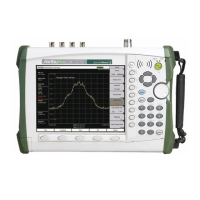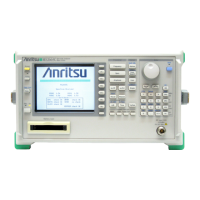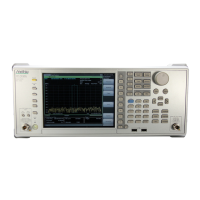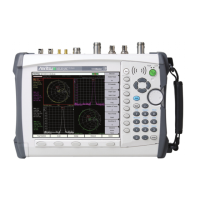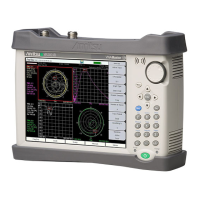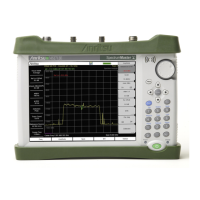8-19
8.6 Queue Model
8.6 Queue Model
The right-hand illustration shown below is a queue model having a status data
structure. A queue is a data structure in which data is arranged sequentially, pro-
viding information such as sequential status. A summary message indicates that
such information exists in the queue. Queue contents are read by an handshake
when the device is in the talker active state (TACS).
7
ESB
MAV
3
2
1
0
MSS 6 RQS
Status Byte Register
⋅
⋅
⋅
⋅
Data
Data
Data
Data
Data
Data
Output Queue
⋅
⋅
⋅
⋅
Data
Data
Data
Data
Data
Data
Queue
MAV (message available)
summary bit
MAV (Message Available) summary bit
indicating the output queue is not empt
The queue that outputs an MAV summary bit to status byte register bit 4 is called
an “output queue.” This queue is mandatory. The queue that can output an MAC
summary message to one of status byte register bits 0 to 3 and 7 is simply called a
“queue.” It is optional. A summary message from the register model can also be
output to status byte register bits 0 to 3 and 7, so the summary message type
depends on the device type.
We use status byte register bit 7 for the summary message bit transferred from the
“queue.” However, we do not use this bit if only the “output queue” suffices and
therefore the “queue” need not be used.
The table on the next page provides a comparison of the “output queue” to general
queues.
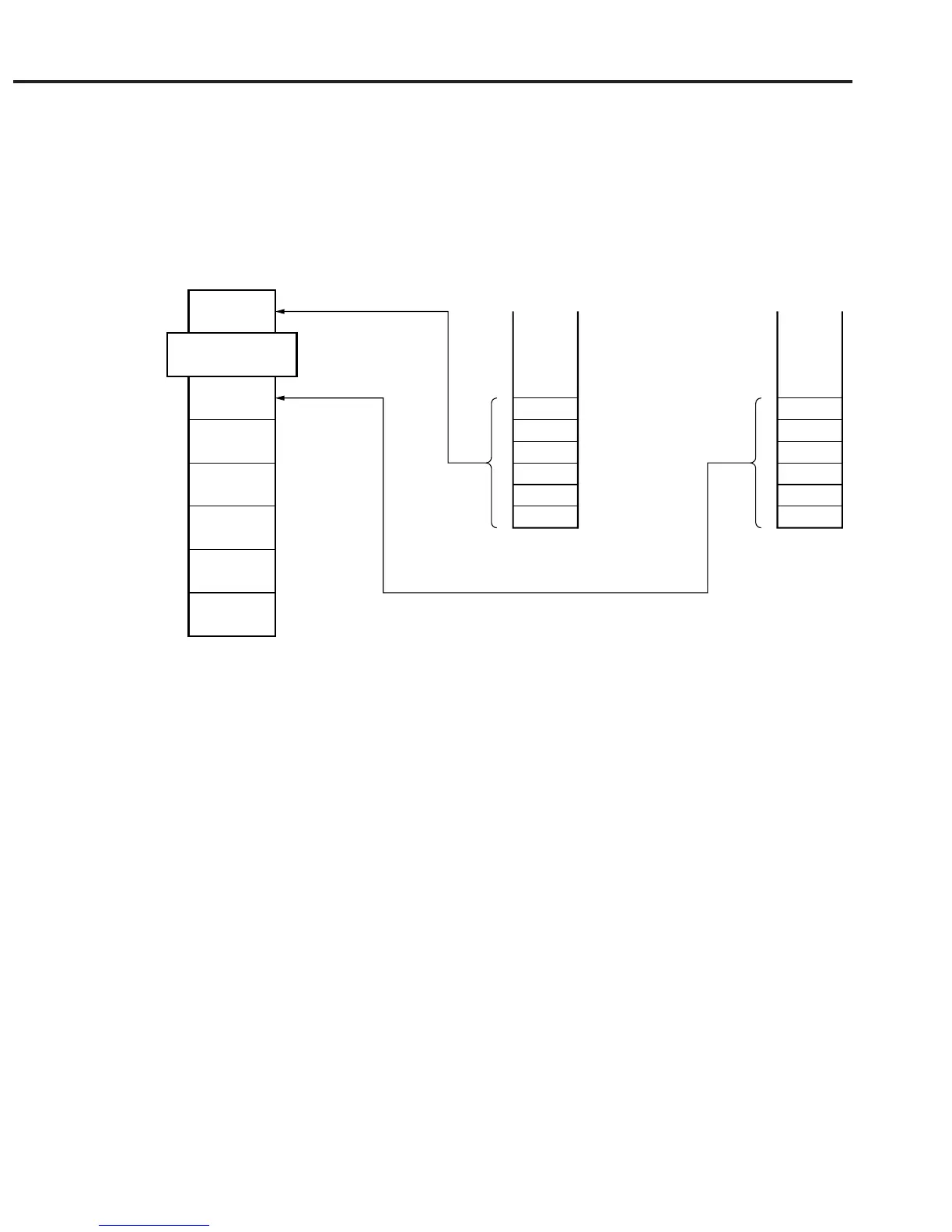